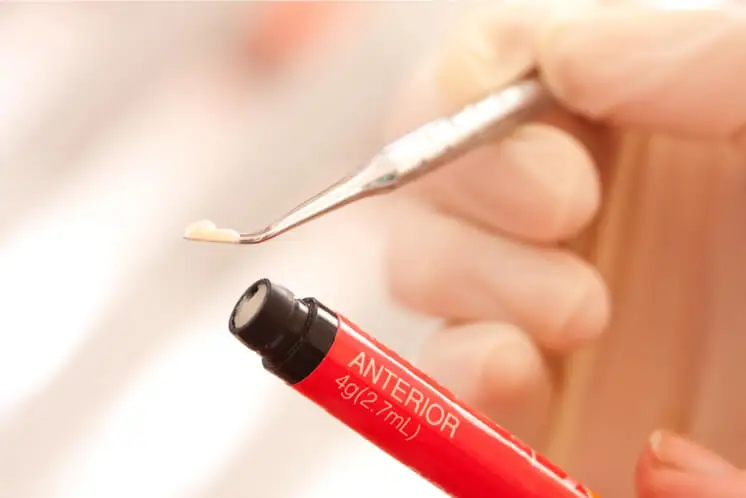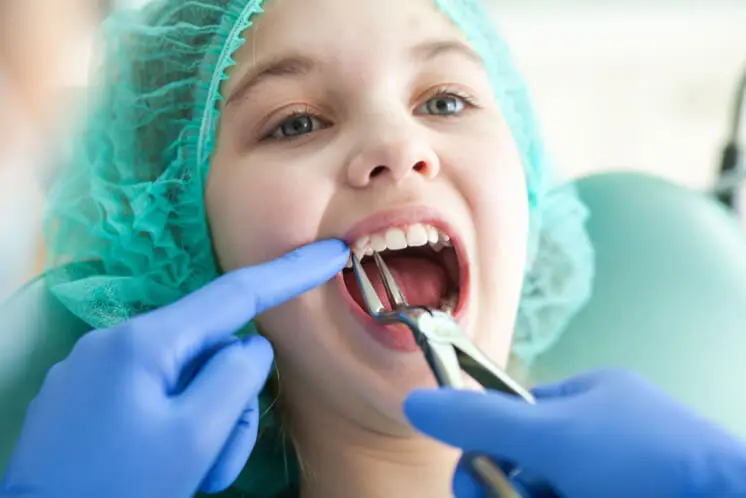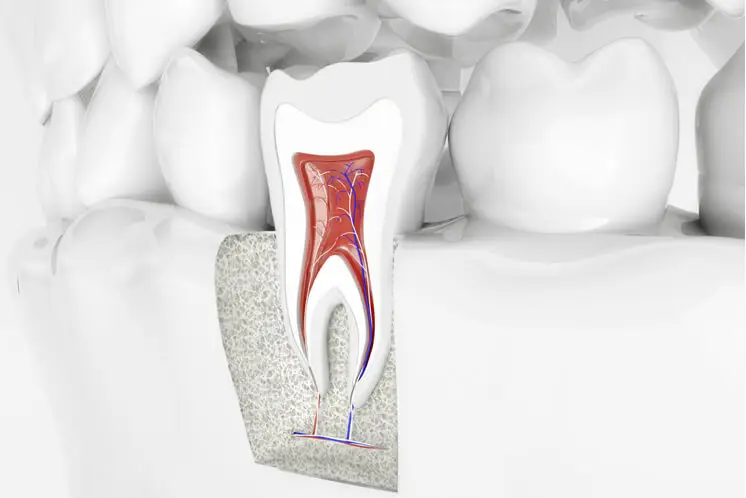Everything you need to know about dental resin

What is dental resin?
Dental resin is used to replace a decayed tooth or an absent structure.
It comprises restoration materials made of the same colour as the tooth. Its aesthetic appearance is its main advantage with respect to other filling materials such as conventional silver amalgam.
Standard composite resin comprises a model based on resin and a non-organic filling such as silicon dioxide. The filling provides the material with improved mechanical properties, such as resistance to wear and tear and translucence.
Most composites used in odontology are hybrid materials, named like this because they are made of different materials with different compositions, different size particles and different percentages of filling.
Criteria to choose the type of dental resin
The clinical choice on the part of the odontologist to use one composite or another depends on whether priority should be given to mechanical requirements or aesthetic requirements:
Mechanical criteria
The mechanical considerations are essential since the cavity to be treated is of a tooth that bears a heavy chewing load and the material will be chosen with the greatest filling volume,
Aesthetic criteria
If the important thing is aesthetics, since it involves a front tooth, the size of the particle will be the most important factor. Additional components such as opaquers and tints enable the aesthetic results of treatments with composite resins to be improved. Likewise, due to the use of other treatments, such as teeth whitening, composite materials have had to be designed in tones more adapted to special chromatic situations found in the teeth treated with these methods.
Properties of dental resin with respect to other materials
Currently, composites have undoubtedly acquired a major place among the filling materials used in direct techniques. On having many aesthetic possibilities they also give rise to an extensive variety of therapeutic uses. Also, restoration using these materials allows the tooth’s structure to be conserved better since it is retained using adhesive methods instead of by depending only on the design of the cavity, as occurs with silver amalgam reconstructions.
Advantages
The range of restorations using this type of material are very extensive. They can practically be used in all manner of cavities, provided that they are adequately isolated and a sufficient dental structure exists to achieve a good retention.
Aesthetic restoration
The main advantage of restorations with these materials is that they are extremely aesthetic, imitating the missing dental structure.
A good union of tooth components
Furthermore, the union to the enamel and the dentine is very effective, achieving a good retention, leading to a minimum removal of the tooth’s structure.
The preparation work may be specific to the defect, that is, it is not necessary that said preparation goes beyond the extension of the defect for the restoration to be successful.
Biocompatibility
Restoration with composite resins is considered to be more biocompatible than with silver amalgam. Furthermore, they are not such major heat conductors as dental amalgams.
Durability
Lastly, they have a good longevity when they are fitted correctly.
Disadvantages
A series of relative contraindications exist, such as large subsequent restorations in which the cuspids of the molars must be covered, as well as if there is not a sufficient dental structure to achieve retention or in people with a high risk of decay, uncontrolled tooth decay or tooth decay at root level.
An absolute contradiction is that in which adequate control of the field cannot be achieved since if this can’t be achieved, restoration will surely fail.
Pure odontologist technique
Another of its disadvantages is that the restoration material is quite sensitive to the technique.
Hydrophobic material
Furthermore, it is hydrophobic hence it must be ensured that the cavity is dry so that the result of the restoration is optimum.
Need for a correct polymerisation
The composite resins must be adequately polymerised. Furthermore, they may cause more wear and tear and filtrations than with other direct restoration materials and may become discoloured over time.








